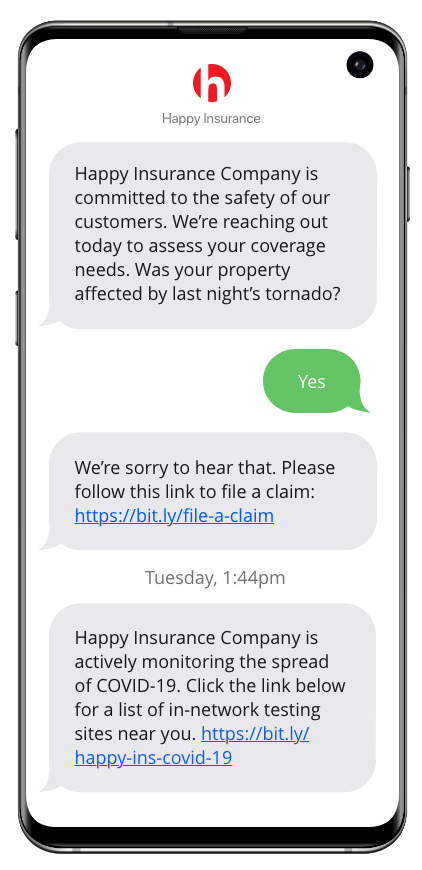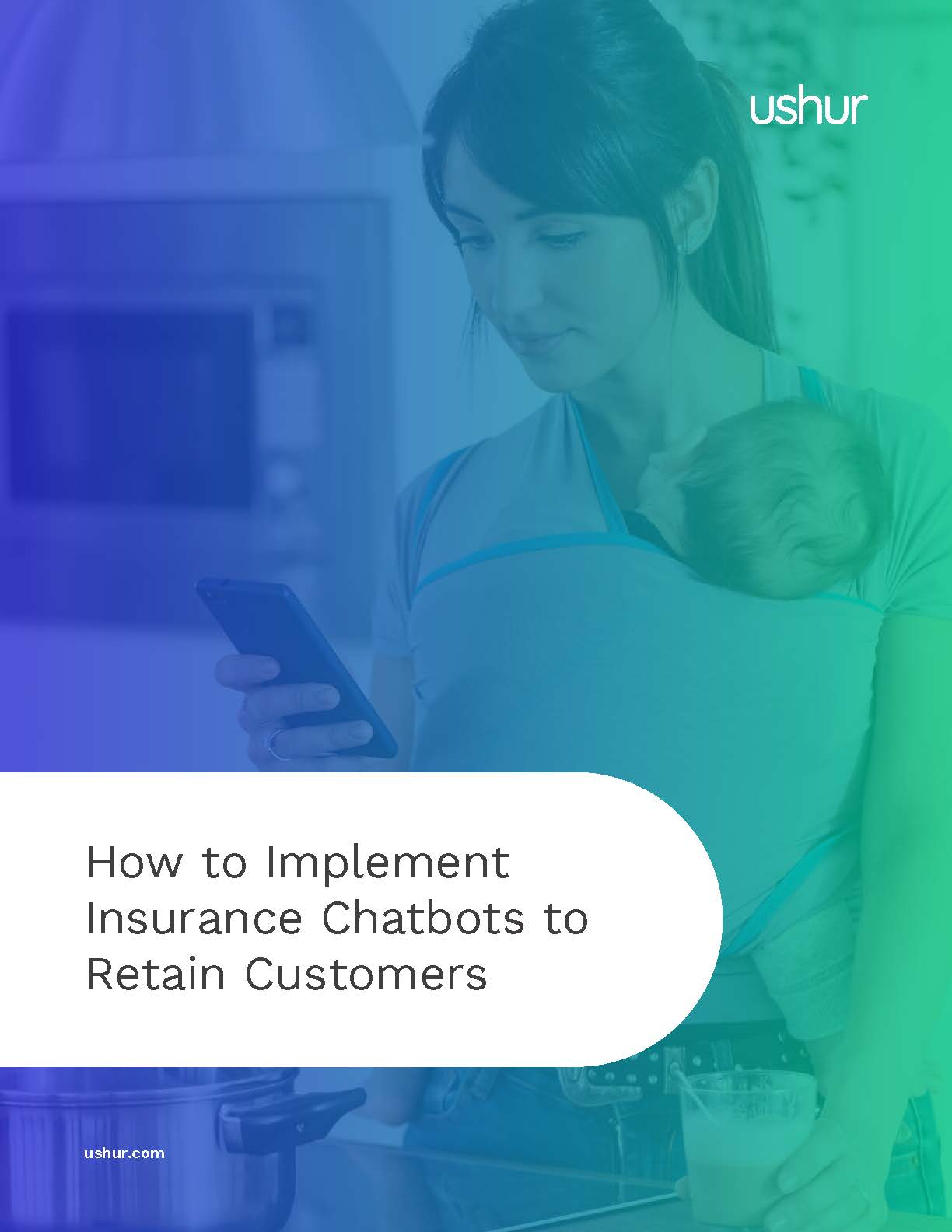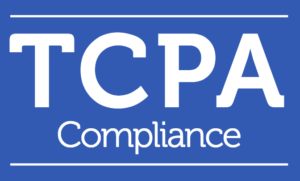
If you’ve ever been burned by a chatbot, we’ve got good news: just because you’ve met one doesn’t mean you’ve met them all. The truth is chatbot solutions span a wide range of functionalities and use cases. Many businesses tend to start with a bottom-of-the-barrel model to get a feel for how chatbots might benefit them. It’s a fair idea in theory. Inevitably though, they end up with disappointing ROI and write off the whole breed as unhelpful.
But if you’re here reading this blog, it means you’re giving chatbots a second chance (thank you!) Or perhaps you’ve heard mixed reviews, and you’re “just browsing” to see what’s out there. In any case, we know there’s a lot of factors involved in chatbot evaluation.
So we’ve done a comparison of chatbots to help you out. Our chatbot evaluation criteria examines chatbot providers in different tiers—what services they offer, what use cases they support, pricing and ease of use—and how Ushur’s own conversational AI chatbot rewrites the paradigm.

Our chatbot comparison groups chatbot providers into SMB- and enterprise-tier, implying both the intended end-user type and their chatbot’s corresponding functionalities. You’ll notice enterprise-tier chatbots are workflow-driven, serving as virtual customer service agents, whereas SMB-tier chatbots tend to be conversation-driven, acting more as virtual hosts.
We pointed out earlier that enterprise-tier chatbots tend to be workflow-driven while SMB-tier chatbots tend to be conversation-driven. Clearly, there are a lot of variables even within those two categories. An easy way to keep them straight is by thinking about them the difference between a conversational chatbot vs. a customer service chatbot.
Low-tier, SMB-oriented chatbot solution providers offer conversational chatbots. These are essentially e-commerce assistants trained to recognize buyer intent and accomplish simple sales tasks. When you shop or request services online, most often you’re interacting with a conversational chatbot. Conversational chatbots can offload volume by deflecting simple questions away from your customer support team. But these bots don’t offer much in the way of customer service beyond answering FAQs.
On the other hand, enterprise-tier vendors provide customer service chatbots designed to help end-customers self-service. Customer service chatbots guide users to get stuff done without assistance from a human agent. Industry-specific solutions like insurance chatbots, fintech chatbots and healthcare chatbots all fall into the broader category of customer service chatbots.

Unique to Ushur’s customer service chatbots is our design-your-own automation workflows. Our intelligent AI platform enables business teams to build custom and complex workflows that align with the customer journey via simple drag-and-drop tools, without involving the IT department.
PS: We wrote an entire e-book on using chatbots to retain customers during COVID-19. While the book is framed by the insurance industry, the key takeaways apply to any audience in any context.
Related Content

Now that we’ve explained the broad strokes, we’ll dive into the more specific qualities that set chatbot tiers and vendors apart.
Your relationship with an automation partner truly begins at implementation. Fittingly, this is also the stage where customers start to wonder if they’ve bit off more than they can chew. Overwhelm by implementation happens for a few reasons: perhaps the solution is more technically complicated than you bargained for, or perhaps the vendor wasn’t transparent about customer support resources.
The bottom line is, as you compare chatbots, it’s crucial to consider how much support you’ll need to implement your bot.
Some vendors do not offer training or free setup assistance, so the process falls entirely to you. Others charge onboarding fees that depend on the use case and complexity of system integration. For example, typical onboarding starts at $40K for some enterprise-grade providers.
Unlike other chatbot providers that just hand over the chatbot without training or upcharge for onboarding, Ushur’s implementation is all-inclusive and led by our engineers.
Additionally, we pre-train our chatbots on a database of common industry parlance so they can start with 80% accuracy out of the gate. Typically chatbots require training on a minimum of a thousand machine learning examples before they achieve human-acceptable accuracy.

If you’re planning on setting up a chatbot in-house, better get up to speed on machine learning, as it’s not for the faint of heart.
But once you’ve got your chatbot up and running, how can you tell if it’s hitting ROI?
It’s unlikely a bot will work perfectly for you right out of the box. Most organizations have to modify a few workflows and do some tuning before the chatbot can really sing. Determining chatbot efficacy is where a committed chatbot provider comes into play.
A committed chatbot provider will use key performance indicators (KPIs) to evaluate whether your chatbot is excelling in its target use case and meeting your business goals and objectives. Measuring the KPI of your chatbot is critical. You have to know what is and isn’t working so you can make the right adjustments.
Ushur begins every engagement by setting custom KPIs with our partner. Examples of KPIs include number of deflected calls, number of deflected emails, increased resolution time by xx%, customer satisfaction scores and more.
In addition to measuring value through KPIs, we continuously add value by providing AI/ML model training with historical data and version controls. Our intelligent call center chatbot software gathers data from the powered-by-chatbot call center and strips the data of personally identifiable information (PII). Usher engineers train the bot using the dataset, then later evaluate its performance.
If Version 4.0 is better than Version 5.0, then we revert back to 4.0. We use this iterative process to improve our AI chatbot solutions version-by-version until they reach or exceed human accuracy.
Security is the last factor that separates the sheep from the goats, and thankfully it’s fairly straightforward.
We encourage every buyer to ask potential chatbot providers if they follow industry compliance standards. When you’re an enterprise hosting millions of data points of sensitive customer information, you need to ensure every vendor with access to your customer data maintains airtight security.
Our chatbot solutions are built with military-grade security, complete with AES 256 encryption and multi-factor authentication. Ushur is SOC 2 Type 2 and HIPAA compliant.




Obviously there’s a wild gulf between solutions designed to capture leads and answer basic questions and enterprise chatbots that can automate complicated customer service workflows.
Usher’s chatbot solutions technically fall in the latter category, but just calling them “enterprise chatbots” doesn’t quite do them justice. “AI chatbots” or “AI chatbots for customer service” might be more appropriate, as our chatbots are powered by intelligent automation and conversational AI.
Remember the frustration of being on-hold for an entire afternoon, as weird Muzak plays in the background? Using chatbots for customer service (especially when they’re AI chatbots for customer service) minimizes wait-times and agent transfers, accelerates issue resolution, reduces operating expenses and ultimately improves the user experience.

If increasing customer satisfaction and engagement is your goal, you need an efficient customer service chatbot—that’s where basic types of chatbots like conversational chatbots fall short and result in missed customer service opportunities.
The chart below explores how Ushur compares to other enterprise chatbot providers.
Related Content

